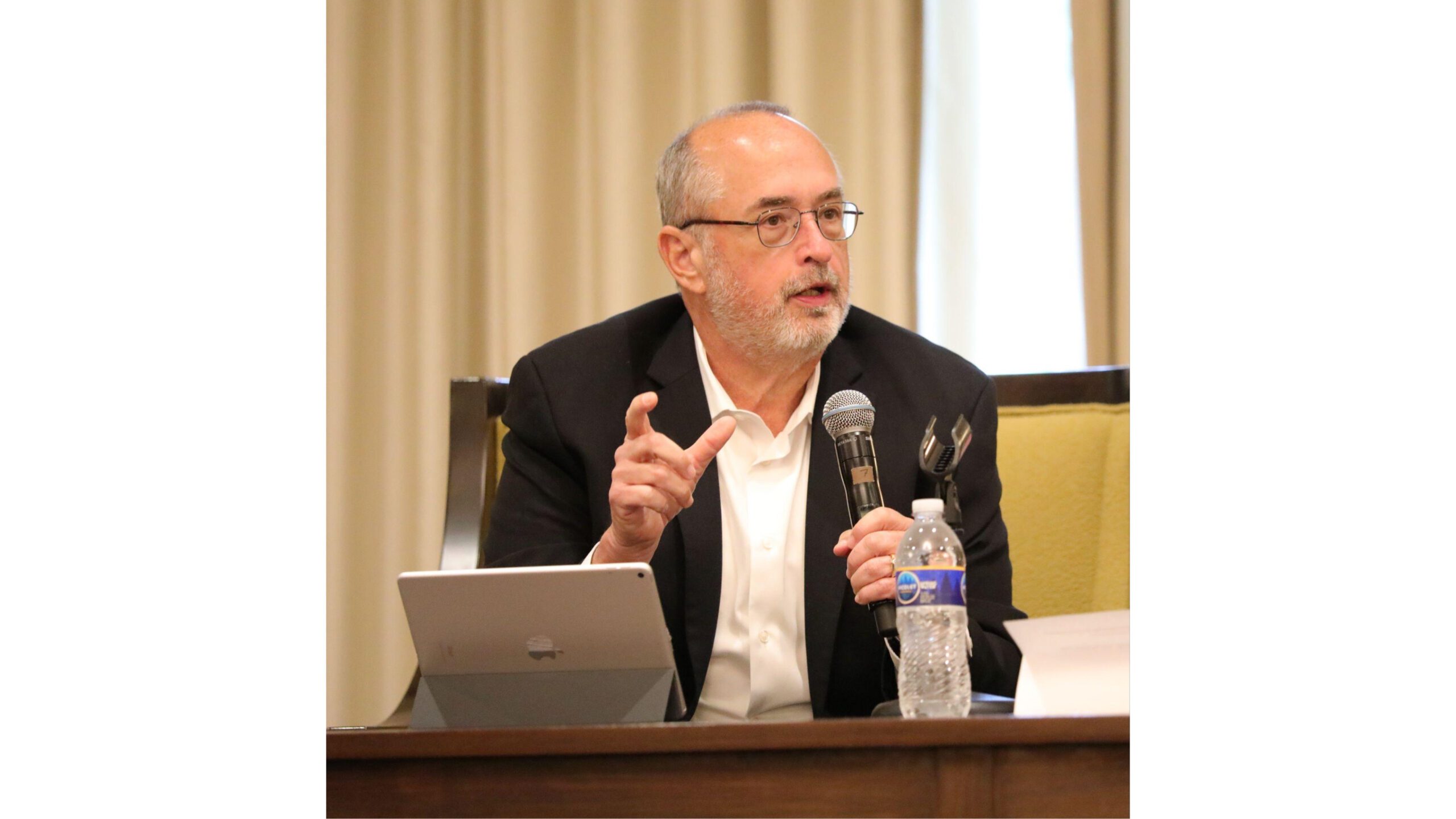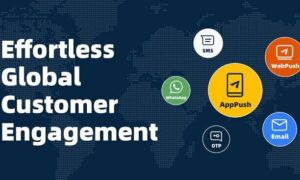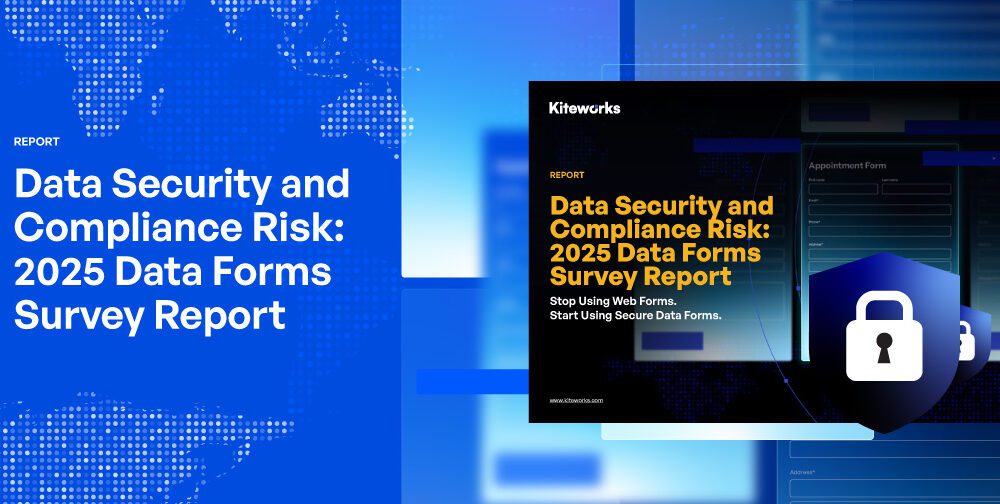Long before the term “customer relationship management” became a corporate mantra, John J. McNamara was already putting its principles into practice. “I’ve been working with the least engaged customers in the world since 1983,” he says. “I started as a debt collector trainee during Ronald Reagan’s first term, and I learned quickly that collections was really a marketing problem.”
In these earlier days, he saw that the key to successful engagement, whether in marketing or collections, was information. “You can’t outsmart or intimidate people into engaging,” he says. “You have to understand them. Even when someone told me, in very colorful language, that I’d never get a penny from them, I took that as valuable data. It helped me allocate resources more effectively.” This people-first, data-driven philosophy would guide McNamara from the call centers of the 1980s to senior government roles. At the Consumer Financial Protection Bureau (CFPB), he rose to become Principal Assistant Director for the Office of Markets, overseeing major developments in financial services and digital engagement. Today, he guides organizations on using CRM and analytics to strengthen relationships with their customers. As the Chief Growth Officer of digital engagement service provider, Avtal, he continues that problem solving journey.
Turning Collections into Connection
When paired with strong data analytics, CRM systems become powerful engines for understanding human behavior and tailoring outreach in meaningful ways; they become, ideally, living ecosystems. McNamara’s time at the CFPB reinforced a core belief: every customer interaction is an opportunity for engagement. “When I was at the Bureau, I noticed an emerging trend: companies starting to approach debt collection as a marketing problem,” he says. “They were using digital engagement to reach customers who no longer wanted to talk on the phone. It was brilliant. Less expensive, less emotional, less opportunity for consumer harm, and more effective.”
That insight now fuels his work as Chief Growth Officer at Avtal, an early-stage company redefining how businesses engage consumers across digital channels. Avtal’s automated self-serve platform integrates SMS, email, and a digital payment portals to streamline omnichannel collections. “We use the signals from each channel, for example, what customers click on and how they respond to one channel, to coordinate engagement across all of them,” McNamara explains. “Good marketers infer from those signals which channels consumers prefer and what raises their energy state. Engagement is really about raising that energy.”
Navigating the Noise of the Digital Era
One of today’s greatest challenges is cutting through the noise. This is where analytics play a decisive role. By measuring engagement patterns—open rates, click behavior, message timing—organizations can refine their approach and improve CRM effectiveness. “Consumers are bombarded with signals from every direction,” he says. “Your email, your message, your ad all compete for a few seconds of attention.”
He emphasizes that technical execution matters here as much as strategy. At Avtal, they focus a lot on algorithms to improve deliverability because providers like Google and Yahoo aggressively screen bulk senders. Even legitimate business emails can be flagged as spam, and once that happens, companies risk losing momentum. “Everyone thinks they’re an expert in email or SMS because they use it daily,” he says. “But business messaging operates under a completely different set of rules. I often find companies have destroyed their domain reputation without realizing it. They’re sending emails that never reach anyone.”
Building Smarter Engagement with AI and Data
Technology, when guided by sound governance, can transform engagement strategies. McNamara outlines three key practices for organizations seeking to leverage CRM and analytics more effectively.
1. Build for AI with Data Governance in Mind: “Treat your data like an investment,” McNamara says. “Know where it came from, document its provenance, and make sure you should have it, not just that you can have it. That’s how you future-proof your CRM for AI applications.” He calls this approach “building for AI,” emphasizing that strong data governance is the foundation for ethical and effective analytics.
2. Use AI Responsibly, and Keep a Human in the Loop: Citing Ethan Mollick’s book Co-Intelligence, McNamara encourages organizations to “invite AI into the room” by experimenting with it in controlled ways. “Tell AI what you want it to do and what kind of role it should play,” he says. “Be the human in the loop. Don’t let algorithms make unverified decisions. I once had an Apple Store algorithm insist my phone I was selling was scratched when it wasn’t. That’s when you need someone to override the machine.”
3. Test, Learn, and Partner Wisely: McNamara recommends constant A/B testing and warns against building proprietary AI infrastructure internally. “AI is becoming infrastructure, like electricity,” he says. “In the early 1900s, companies had chief electricity officers and built their own generators. Eventually, they realized it made more sense to rely on utility providers. The same logic applies now: partner with specialists instead of reinventing the wheel.”
Balancing Innovation and Integrity
Despite his enthusiasm for technology, McNamara is a realist. “I’m wary of the hype,” he admits. “Remember that generative AI is a just a sophisticated word-completion algorithm. It’s impressive, but it’s still just that. If you understand what it really is, you’ll use it more effectively.” His practical, grounded perspective, shaped by decades of hands-on engagement work long before digital tools existed, is what makes McNamara’s insights so valuable to leaders navigating today’s digital landscape to increase engagement. “At the end of the day,” he says, “customer engagement is about understanding people: what motivates them, what frustrates them, and how to meet them on their own terms.”
To connect with John J. McNamara, visit his LinkedIn or learn more on his website.



































